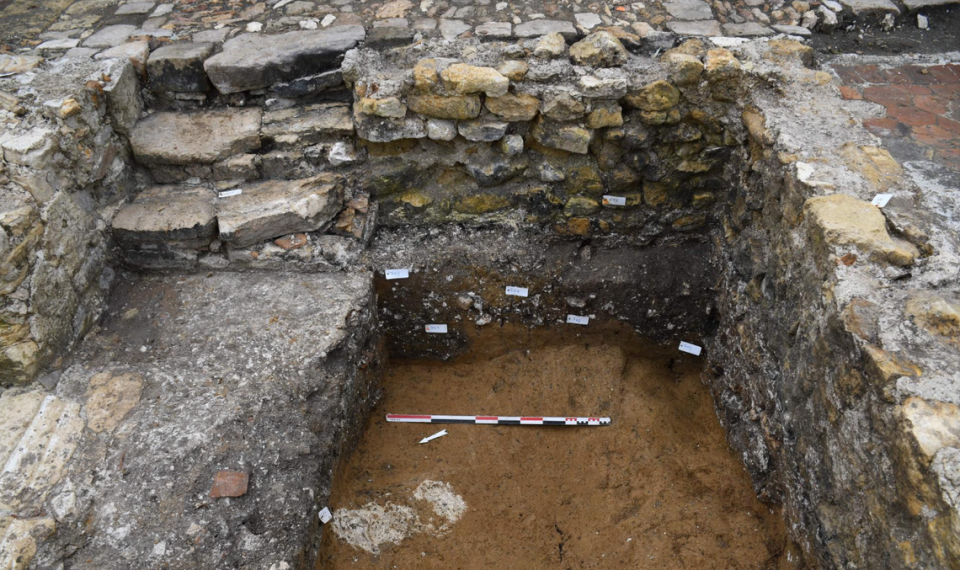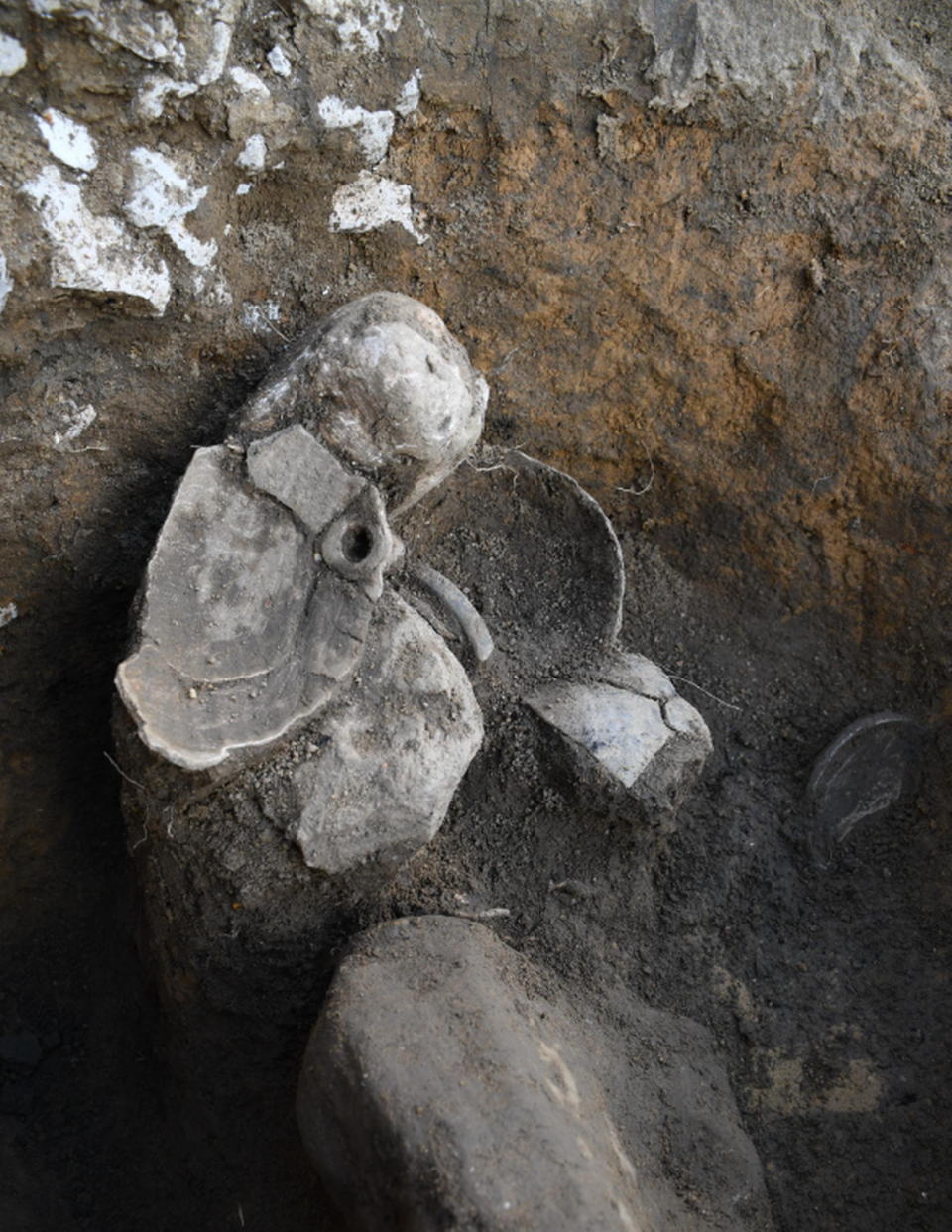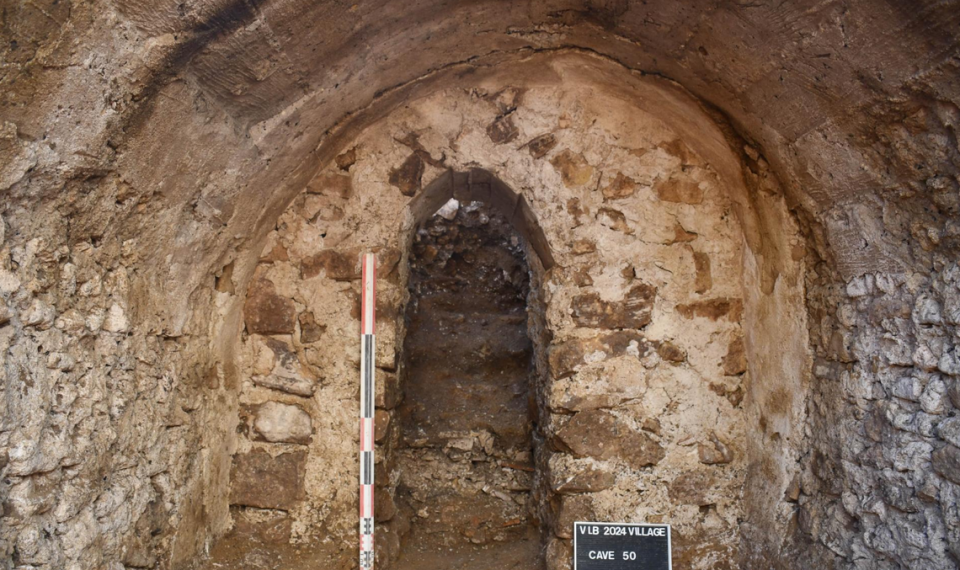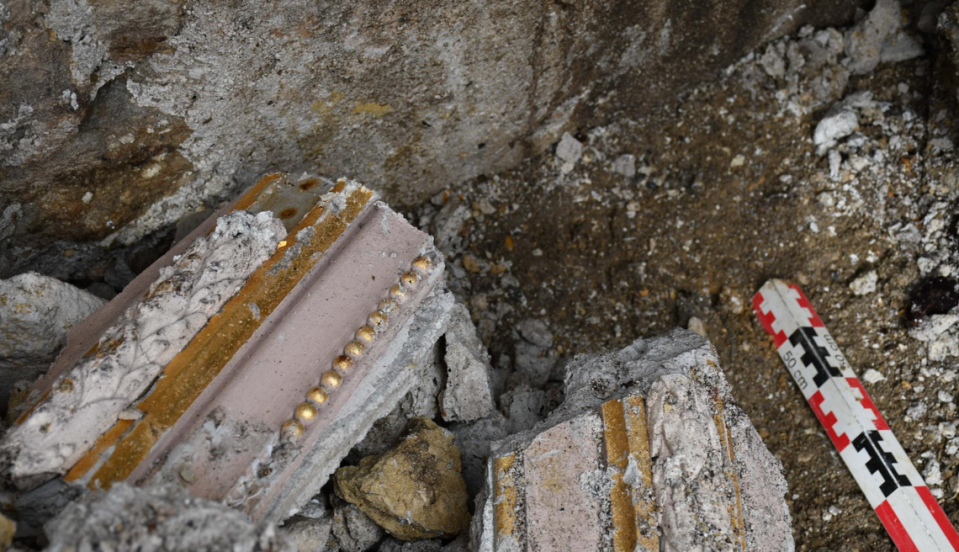Ruins from 1,000-year period — including wine cellars — found outside Paris. See them
The small plot of land in a Parisian suburb may not be much to look at.
But the soil beneath it contains ruins dating from medieval to modern times, providing time capsules of French society across a 1,000-year period.
The human-made structures were recently unearthed during an archaeological excavation of a nearly 1-acre area in Villiers-le-Bel, a commune on the outskirts of Paris, according to an April 19 news release from the National Institute for Preventive Archaeological Research (INRAP).
Uncover more archaeological finds
What are we learning about the past? Here are three of our most eye-catching archaeology stories from the past week.
→ Farmer loses plow part in Polish field — then finds historic artifact during search
→Divers remove ancient Roman cargo from shipwreck — and find unique carvings. See them
→ Metal detectorists find ancient portrait in Danish field. See the 'legend' it depicts


The commune was long a rural village until the 1920s, when housing developments were erected, transforming it into a residential suburb, which is today occupied by some 27,000 people.
The archaeological site is sandwiched between a series of tightly packed, modern homes, photos show.
The oldest structures — dating to the 9th and 10th centuries A.D. — are composed of primitive materials. They appeared to have been built using planted posts and were found alongside grain silos and a series of ditches.
These ancient structures were linked to a large funerary site that had previously been located nearby.
Ruins from the late Middle Ages were also uncovered at the site, which were built with sturdier materials, including gypsum and plaster, officials said.


These buildings were situated in rows along a road but also along the periphery alleyways.
Buildings from the 13th and 14th centuries were discovered to have numerous vaulted cellars, which would have been used over long periods of time. These would have been necessary for the local community, which was largely preoccupied with grape-growing and wine-making.
Additionally, the remnants of bourgeois — or middle-class — abodes dating to the 18th or 19th centuries were unearthed at the site.
Various decorative elements associated with the period were uncovered, including gilded and colored stucco. These would have illustrated the status of the owners of the country homes.
A rare lead plaque from 1912 was also found, which was engraved with the names of the homeowners as well as the architect and builders.
The recent excavation is just the latest of many carried out around Paris throughout the past 20 years, officials said. The site will be open to the public on April 27.
Google Translate was used to translate a news release from INRAP.
1,000-year-old weapon — the first of its kind — found sticking out of grave in Spain
Road workers find stone and pottery — and reveal ancient settlements in Poland
Roman shipwreck laid in shallow water for 1,700 years. Now ‘unique’ cargo is revealed


